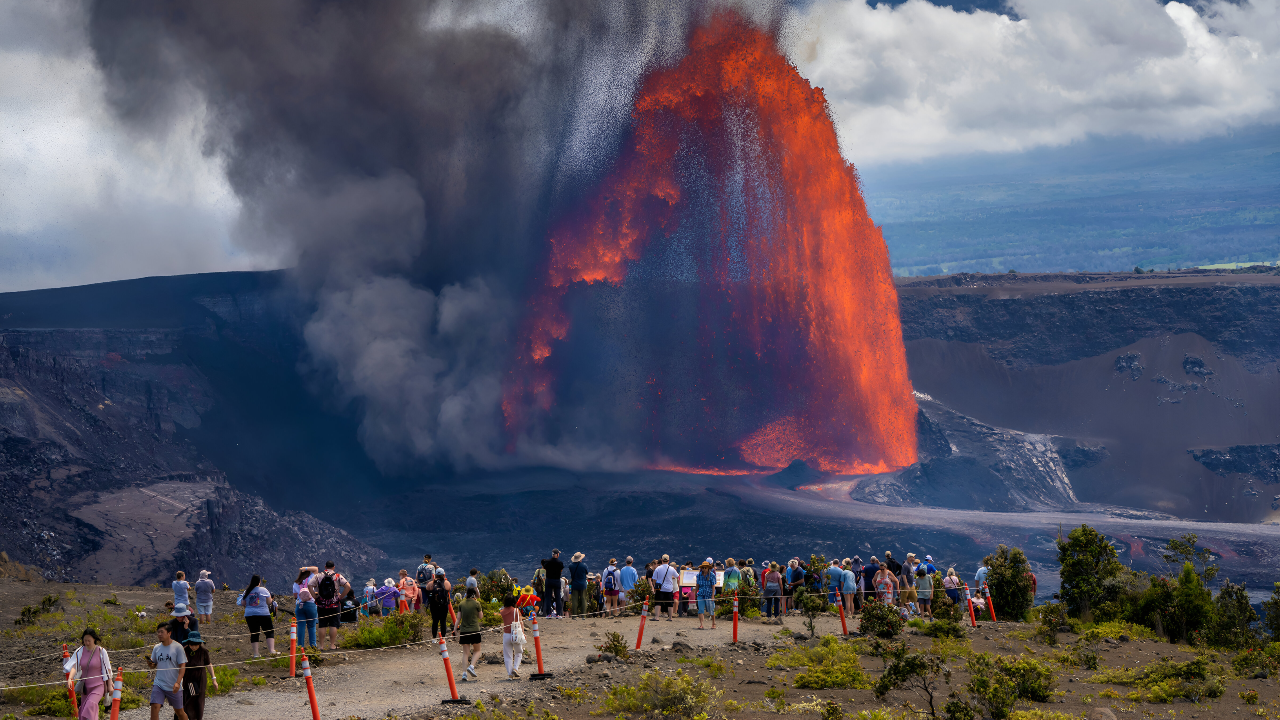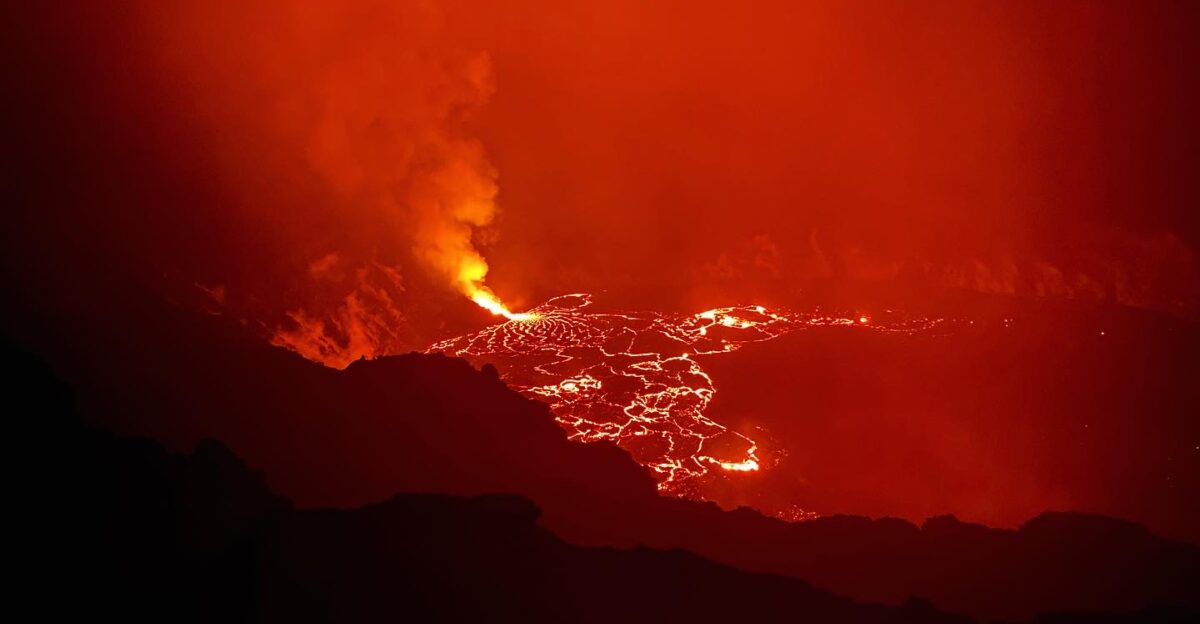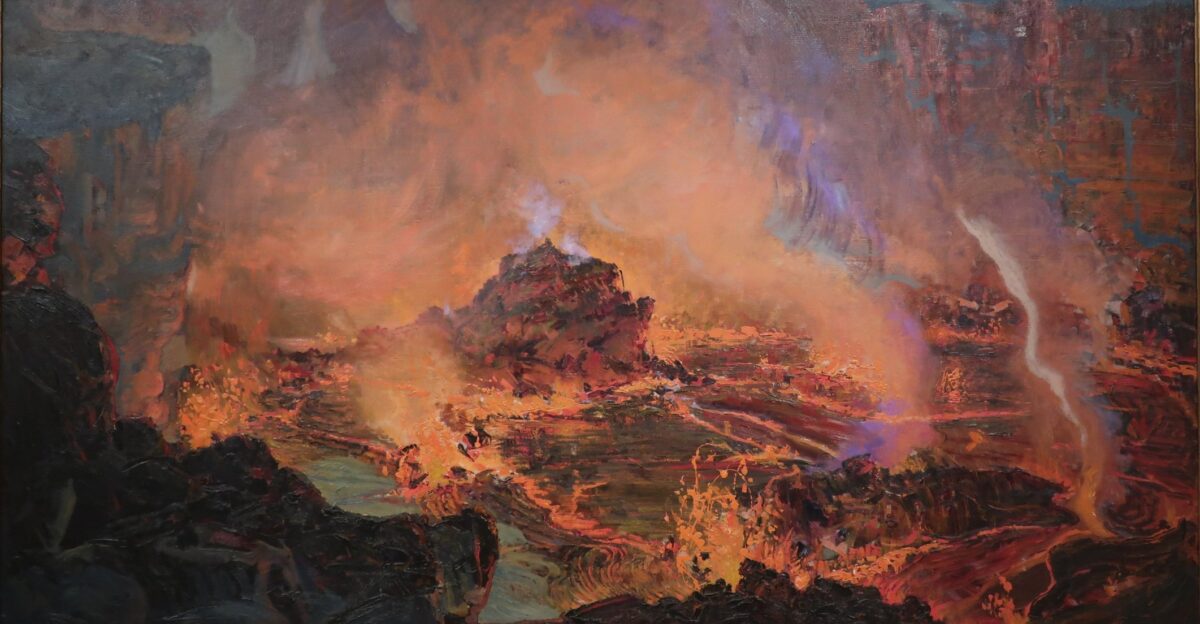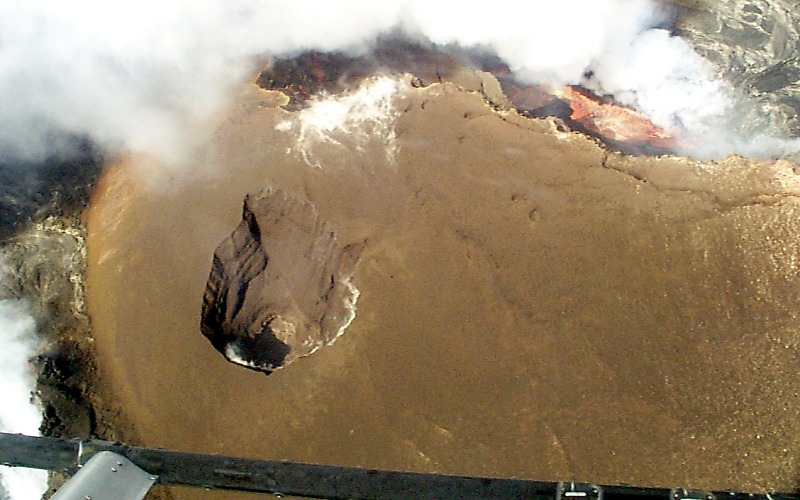
The ground beneath Kilauea continues to tremble as the volcano maintains its episodic eruption within Hawaii Volcanoes National Park’s summit caldera. Since December 23, 2024, when the U.S. Geological Survey raised the alert to WARNING status before lowering it to WATCH level hours later, scientists have intensified their monitoring of this volatile geological feature. The alert status has remained steady, reflecting an active but contained situation that poses no immediate threat to surrounding communities or infrastructure.
Kilauea’s Current Eruptive Phase

The volcano’s eruption, which began on December 23, 2024, has entered a pattern of episodic lava fountaining separated by quiet periods. Episode 37, which occurred in late November 2025, produced lava fountains reaching 500 to 600 feet from the north vent. These periodic outbursts represent the volcano’s characteristic behavior—dramatic but predictable in their general patterns, even if exact timing remains uncertain.
The most intense fountaining occurred during Episode 35 in October 2025, when the south vent fountain reached nearly 1,500 feet and the north vent approximately 1,100 feet. Such heights demonstrate the raw power contained within the volcano, though all activity remains confined to the closed summit caldera area. Officials emphasize that no evacuation orders have been issued, as the eruption poses no direct danger to populated areas or critical infrastructure.
A Volcano Shaped by History

Kilauea’s influence on Hawaii extends far beyond its current activity. A major eruption beginning January 3, 1983, marked the start of an extended eruptive phase that drew worldwide scientific attention. The 2018 eruption proved more destructive, significantly impacting the Lower Puna rift zone and destroying property while reshaping the surrounding landscape. Today, Kilauea remains one of the most closely observed volcanoes globally, providing invaluable data about volcanic behavior and its effects on communities.
Hazards and Health Considerations
Downwind communities face potential exposure to volcanic fumes, particularly sulfur dioxide, which creates volcanic smog known as vog. Fine volcanic particles can degrade air quality, a concern documented in previous volcanic events. The phenomenon known as “Pele’s hair”—thin, glass-like fibers ejected during eruptions—has historically fallen miles downwind. While most particles are too large to enter the lungs, they can cause skin and eye irritation. Individuals with respiratory conditions such as asthma may experience worsened symptoms and should consult medical professionals about precautions.
Preparedness and Response

Hawaii’s Emergency Management Agency continues advising residents to review disaster preparedness plans and monitor official USGS advisories. National Park officials have reinforced restrictions on closed zones, and coordination among local, state, and federal agencies remains active. Hawaii County maintains enhanced emergency response readiness with improved communication systems and drills informed by lessons from past volcanic events. Medical facilities have been reinforced to provide better emergency care should conditions deteriorate.
Looking Forward

Scientists acknowledge that predicting the exact timing of eruptive episodes remains inherently uncertain, despite close monitoring of seismic activity. However, most experts agree that continued surveillance and early warnings justify the resources invested. As Kilauea’s behavior continues at variable levels, officials watch for any significant shifts that could prompt updates to alert levels or hazard assessments. In the coming weeks, residents and scientists alike will remain vigilant, hoping that preparedness and official monitoring keep the community safe from the island’s restless volcanic power.